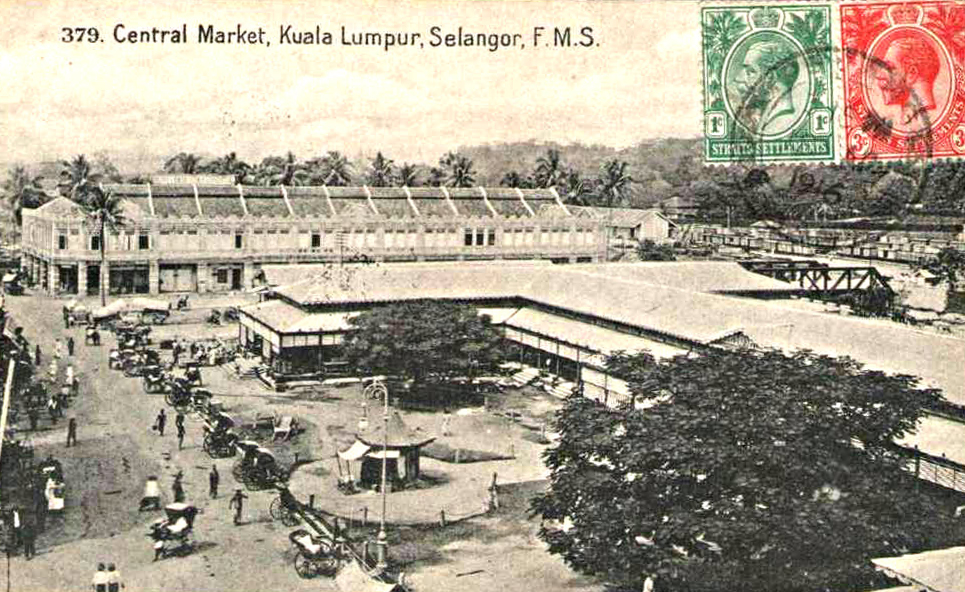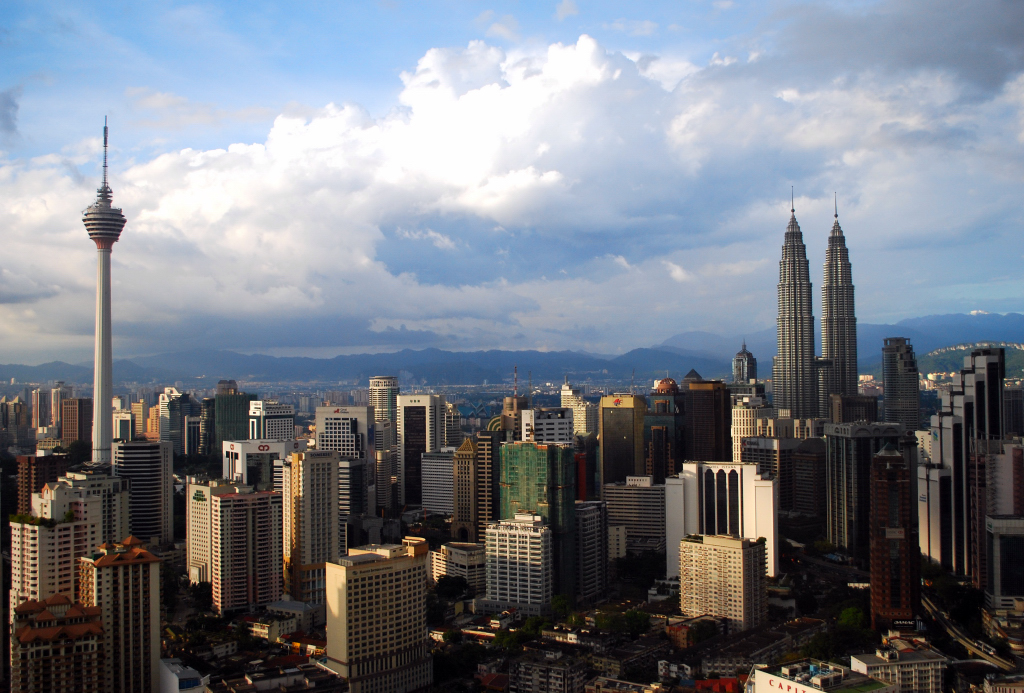KL’s centre of trade and business has seen many incarnations over the years, shifting and expanding from the starting point next to the Klang river 140 years ago.
The current CBD is roughly identified as the Golden Triangle – i.e Bukit Bintang, Imbi and Raja Chulan – the KLCC district, and areas along Jalan Tun Razak and Jalan Sultan Ismail. This is where you can find the city’s highest concentration of commercial institutions, with over 33 million square feet of office space.
When Raja Abdullah met Kapitan Yap Ah Loy, KL was just a sleepy village. The tin mining boom fuelled the city’s rapid growth; the number of its inhabitants grew six folds in two decades. This new found fortune helped KL take over Klang as Selangor’s new capital by 1880s, and later named as the capital for the Federation of Malay States. The first real business hub for KL was the Market Square, or Medan Pasar as it is now known.
The layout of early KL as described by Virtual Malaysia:
“Market Square, east of Sungai Klang, became the commercial centre for the whole town. The Chinese congregated around this Square and south into Chinatown. To the north, across Java Street (now Jalan Tun Perak), were the Malays. Nearby, a number of Indian Chettiars (money-lenders), and in later years Indian Muslim traders, set up business. West of the river, the Padang (now Merdeka Square) was the focal point of the British administration.”

This is what Central Market looked like in 1916, with Market Square visible in the background
The Market Square continued to be the hub of business in the early decades of the 20th century. By the 1930s, the permanent structure for Central Market, with its current Art Deco façade, was built to house the wet market, which had gone through six prior expansions to accommodate the rapidly expanding population. Companies such as Overseas Chinese Bank Corp (OCBC) built its head office in 1937 in the adjacent Jalan Kasturi, where it still stands.
The 40s to the 60s was a time of great change for the country, covering the Japanese Invasion, the Independence, and the creation of Malaysia. New business areas cropped up all over KL and in satellite towns like Petaling Jaya, but the Market Square continued to be the hub of commercial activities.
Nearby roads such as Lebuh Ampang, Petaling Street and Jalan HS Lee (High Street) were busy, where late 1800s five-foot-way shophouses sat in the vicinity of newly constructed high-rises by financial institutions: the Mercantile Bank building that later housed HSBC (now Pacific Express Hotel), the old Bangkok Bank and the 10-storey Kwong Yik Bank building (now an RHB branch) that opened to much fanfare in 1965.
In the 70s, Bukit Bintang popularity as a business hub began to take off. The place, a known squatter and gangster area during the pre-war years, was already a popular entertainment centre, anchored by the BB Park built in the 1930s. As businesses moved away from the congested old CBD, huge expansions for Bukit Bintang and the neighbouring Jalan Raja Chulan continued into the 80s and 90s, the latter decade buoyed by the pre-Asian Financial Crisis boom.
New skyscrapers began to dot the KL skyline, and the arrivals of shopping malls along Jalan Bukit Bintang – first BB Plaza and Sg Wang Plaza, and later Lot 10 and Starhill – cemented Bukit Bintang’s position as the shopping hub of KL, and the de facto tourism belt.

Part of KL's CBD today - with the KL Tower and Petronas Twin Towers anchoring its Skyline
In 1998, the Petronas Twin Towers was opened, pulling the axis for KL’s CBD north, reinvigorating the Jalan Ampang/ Jalan Tun Razak meeting point. While new prime business centres such Mid Valley and KL Sentral followed up, the KLCC area continues to be the benchmark for the price of commercial, retail and residential space to date.
The arrival of TRX can create a huge potential in expanding the existing CBD area, by once again redefining the commercial hub of KL and extending the shopping belt all the way into the Imbi area.
Photo Credit: Skyscrapercity





